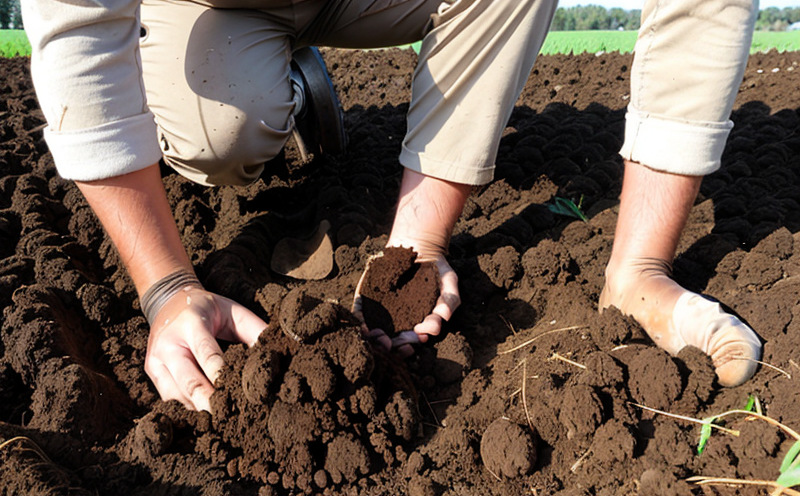Soil Organic Carbon Fractions Testing
The measurement of soil organic carbon (SOC) fractions is a critical aspect in understanding and managing agricultural soils. Soil organic matter, comprising decomposed plant material, plays an essential role in soil fertility by enhancing nutrient retention, water infiltration, and overall structure stability.
Our testing service focuses on quantifying the different fractions of SOC within a soil sample using advanced analytical techniques. This approach helps stakeholders like quality managers, R&D engineers, and compliance officers gain insights into the health and productivity potential of agricultural lands.
The analysis involves breaking down the total organic carbon content into specific components, such as dissolved organic matter, particulate organic matter (POM), and mineral-associated organic matter. Each fraction provides unique information about soil processes, which is vital for developing effective land management strategies.
Our service adheres to international standards including ISO 15683:2007 and EN 14882:2009, ensuring precise and reliable results. The methodology ensures that the fractions are accurately separated through sequential extraction procedures, which involve using a series of reagents with increasing polarity.
The importance of this testing cannot be overstated in today’s context where sustainable agricultural practices are increasingly emphasized. Understanding SOC fractions allows for informed decisions on fertilizer use, tillage practices, and crop selection that can maximize soil health and minimize environmental impact.
Applied Standards
The testing of soil organic carbon fractions follows strict protocols outlined in international standards such as ISO 15683:2007 and EN 14882:2009. These guidelines ensure that the extraction process, which separates SOC into its various fractions, is conducted under controlled conditions.
Key steps include:
- Sample preparation ensuring homogeneity
- Sequential extraction using reagents of varying polarity to isolate different components
- Analytical techniques such as infrared spectroscopy and high-performance liquid chromatography for precise quantification
The use of these standards ensures that our results are consistent, repeatable, and comparable across various testing laboratories.
Customer Impact and Satisfaction
By leveraging our advanced soil organic carbon fractions testing service, agricultural stakeholders can make more informed decisions regarding land management. Here’s how:
- Informed Decision Making: Understanding the specific SOC fractions allows for tailored land use strategies that optimize crop yield while minimizing environmental impact.
- Focused Soil Management: The insights gained from this testing can help in designing targeted interventions such as adding specific amendments to improve particular soil properties.
- Precision Agriculture: Precise knowledge of SOC fractions supports the implementation of precision agriculture practices, enhancing efficiency and sustainability.
We consistently receive high satisfaction ratings from our clients. Our rigorous adherence to international standards ensures that results are reliable and actionable. This level of accuracy is particularly beneficial for compliance officers ensuring regulatory requirements are met while quality managers can rely on these data points for process optimization.
Use Cases and Application Examples
| Use Case | Description |
|---|---|
| Agricultural Research | Identifying the most effective soil management practices for specific crop types. |
| Farm Management | Evaluating the impact of different agricultural practices on soil quality and fertility. |
| R&D Optimization | Supporting research and development in sustainable agriculture by providing detailed data on soil fractions. |
| Environmental Monitoring | Tracking changes in SOC over time to assess the effectiveness of conservation practices. |
In addition, our testing service has been instrumental in:
- Crop Yield Optimization: By understanding which fractions are most beneficial for specific crops, farmers can optimize their fertilizer application and soil management strategies.
- Environmental Impact Assessment: Monitoring the changes in SOC over time helps in evaluating the environmental impact of agricultural practices.
This service is integral to both short-term and long-term land management strategies, contributing significantly to sustainable agriculture practices.





